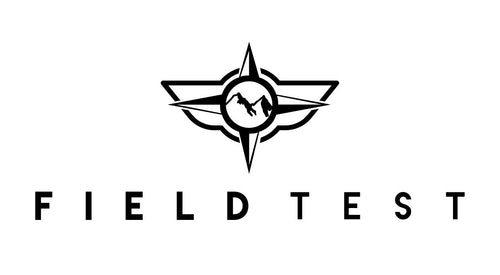A good sleeping bag can make all the difference in your camping experience. It’s important to choose the right type of sleeping bag to ensure a comfortable and safe night’s sleep. In this guide, we’ll go over the most common types of sleeping bags and their pros and cons.
- Rectangular Sleeping Bags
Pros: Rectangular sleeping bags are the most common type of sleeping bag, and for good reason. They’re spacious and provide plenty of room to move around, making them ideal for car camping or sleepovers. They also tend to be less expensive than other types of sleeping bags.
Cons: The rectangular shape means there’s more empty space, which can make it harder to retain warmth on colder nights. They can also be bulkier and heavier than other types of sleeping bags, making them less ideal for backpacking.
- Mummy Sleeping Bags
Pros: Mummy sleeping bags are designed for backpacking and offer more warmth and insulation than rectangular bags. The tapered shape reduces empty space, making it easier to retain warmth. The hood helps keep your head and neck warm, and some models even have a draft collar to prevent heat loss.
Cons: The snug fit can be uncomfortable for some people who like to move around while sleeping. They’re also more expensive than rectangular bags.
- Double Sleeping Bags
Pros: Double sleeping bags are great for couples or families who prefer to sleep together. They’re spacious and provide plenty of room for two people. They’re also a great option for car camping or sleepovers.
Cons: Double sleeping bags tend to be bulky and heavy, making them less ideal for backpacking. They can also be more expensive than single sleeping bags.
- Summer Sleeping Bags
Pros: Summer sleeping bags are lightweight and breathable, making them ideal for warm weather camping. They’re also less expensive than other types of sleeping bags.
Cons: They offer minimal insulation, so they’re not suitable for colder temperatures. They’re also less versatile than other types of sleeping bags, making them less ideal for year-round camping.
- 3-Season Sleeping Bags
Pros: 3-season sleeping bags are suitable for spring, summer, and fall camping. They offer moderate insulation and are ideal for backpacking or car camping in moderate climates.
Cons: They’re not suitable for extreme temperatures and may not provide enough warmth in very cold weather. They can also be more expensive than summer sleeping bags.
- Winter Sleeping Bags
Pros: Winter sleeping bags are designed for cold weather camping and provide maximum insulation. They’re ideal for extreme weather conditions and will keep you warm in sub-zero temperatures.
Cons: They’re bulky and heavy, making them less ideal for backpacking. They’re also more expensive than other types of sleeping bags.
- Ultralight Sleeping Bags
Pros: Ultralight sleeping bags are designed for backpacking and are lightweight and compact. They’re ideal for warm weather camping and won’t weigh you down on long hikes.
Cons: They offer minimal insulation, so they’re not suitable for colder temperatures. They’re also less versatile than other types of sleeping bags, making them less ideal for year-round camping.
There are many types of sleeping bags to choose from, each with its own set of pros and cons. When choosing a sleeping bag, consider the climate and conditions you’ll be camping in, as well as your personal preferences and budget. With the right sleeping bag, you’ll be able to enjoy a comfortable and safe night’s sleep under the stars.

